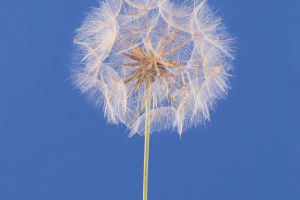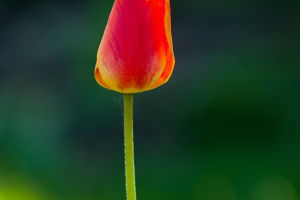Indoor Jungle Chic
Monstera, also known as the Swiss Cheese Plant, has become one of the most popular indoor green plants in recent years.
Its unique leaf shape and relatively easy maintenance make it a top choice for many plant lovers.
Characteristics of Monstera
Monstera belongs to the Araceae family and is native to the tropical rainforests of Central America. It is renowned for its large, heart-shaped leaves adorned with distinctive splits and holes.
These unique leaves are not just aesthetically pleasing; they also help the plant adapt to the low-light conditions of the rainforest, enabling it to better capture light and nutrients in its natural habitat.
The plant has thick stems and can grow rapidly in suitable conditions. In the wild, Monstera often climbs on other plants, growing upwards while absorbing water and nutrients through its aerial roots. Indoors, Monstera grows more slowly but can still develop into a tall and elegant plant, adding a touch of vitality and freshness to any room.
How to Care for Monstera
Despite its origins in the rainforest, Monstera can thrive indoors with proper care. Here are some key tips for maintaining a healthy Monstera:
1. Light
Monstera prefers bright, indirect light but can also tolerate low-light conditions. It is crucial to avoid direct sunlight, which can cause sunburn on the leaves. Position the plant near a window to ensure it receives adequate light.
2. Watering
Monstera enjoys moist soil but cannot tolerate waterlogging. Typically, watering once a week is sufficient to keep the soil moist but not overly wet. During winter, reduce the frequency of watering. Keep an eye on the leaves; yellowing can indicate overwatering.
3. Temperature and Humidity
Monstera can tolerate a wide range of temperatures, but it thrives best between 18-30 degrees Celsius. The plant prefers high humidity, which can be maintained by regular misting or using a humidifier. In winter, avoid placing Monstera in areas exposed to cold drafts to prevent leaf damage.
4. Soil and Fertilizer
Monstera does not require highly specific soil, but well-draining loam is ideal. A mix of regular potting soil with a small amount of perlite or sand can enhance drainage. During the growing season, apply a liquid fertilizer once a month to provide the necessary nutrients.
How to Propagate Monstera
Propagating Monstera is relatively simple, with two main methods: cuttings and division. Cuttings are the most commonly used method. Simply cut healthy stems and place them in moist soil.
Maintain appropriate humidity and temperature, and roots will develop within a few weeks. The division is suitable for larger plants. Split the roots into several parts, ensuring each part retains at least one leaf and root system, and replant them.
Monstera has become an ideal choice for modern indoor gardening due to its unique appearance and easy maintenance.
Whether used as a striking feature in home decoration or as a natural air purifier, Monstera can add a touch of green beauty to any living space. Embrace the charm of Monstera and enjoy the numerous benefits it brings to your indoor environment.


